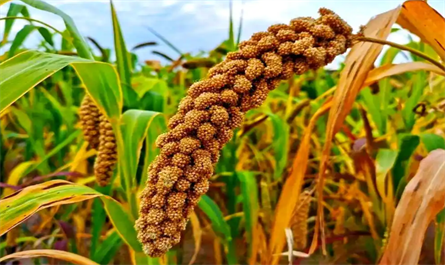Plant hormone main dosage forms and application methods
There are 55 varieties of plant growth regulators registered for vegetables, of which single agents and mixed agents account for 60.0% and 40.0% respectively. Among the single agents, 8 ingredients such as Gibberellic Acid, Sodium Nitrophenolates, Ethephon, 24-epibrassinolide, Forchlorfenuron, S-abscisic Acid, Diethyl aminoethyl hexanoate (DA-6) and 1-Naphthyl Acetic Acid (NAA) are particularly prominent, and the number of their registered products exceeds 10, among which Gibberellic Acid ranks first with a share of 27.00%.

Main dosage forms and application methods
At present, there are many types of plant growth regulators registered for vegetables in China, including 18 types such as soluble agents, water agents, soluble powders, wettable powders, suspensions, and water-dispersible granules. Liquid preparations dominate, with a total of 306 types, accounting for as high as 74.27%; solid preparations account for 99 types, accounting for 24.03%; and gas preparations account for only 7 types, accounting for 1.7%. Among various dosage forms, aqueous preparations are the largest, reaching 162 types, accounting for 40.6%; followed by soluble preparations, with 111 types, accounting for 27.82%. Other dosage forms such as emulsifiable concentrates, soluble powders, crystalline powders, etc. also account for a certain proportion.
It is worth noting that the dosage form selection of different plant growth regulators is also different. For example, Ethephon, Sodium Nitrophenolates, Naphthyl Acetic Acid, DA-6, etc. are mainly registered as aqueous preparations; while Forchlorfenuron, Thidiazuron (TDZ), and 6-Benzylaminopurine are more inclined to soluble preparations. In addition, the dosage form selection of Brassinolide plant growth regulators is more flexible, and can be used for both aqueous preparations and soluble preparations.

Main dosage forms and application methods
At present, there are many types of plant growth regulators registered for vegetables in China, including 18 types such as soluble agents, water agents, soluble powders, wettable powders, suspensions, and water-dispersible granules. Liquid preparations dominate, with a total of 306 types, accounting for as high as 74.27%; solid preparations account for 99 types, accounting for 24.03%; and gas preparations account for only 7 types, accounting for 1.7%. Among various dosage forms, aqueous preparations are the largest, reaching 162 types, accounting for 40.6%; followed by soluble preparations, with 111 types, accounting for 27.82%. Other dosage forms such as emulsifiable concentrates, soluble powders, crystalline powders, etc. also account for a certain proportion.
It is worth noting that the dosage form selection of different plant growth regulators is also different. For example, Ethephon, Sodium Nitrophenolates, Naphthyl Acetic Acid, DA-6, etc. are mainly registered as aqueous preparations; while Forchlorfenuron, Thidiazuron (TDZ), and 6-Benzylaminopurine are more inclined to soluble preparations. In addition, the dosage form selection of Brassinolide plant growth regulators is more flexible, and can be used for both aqueous preparations and soluble preparations.



